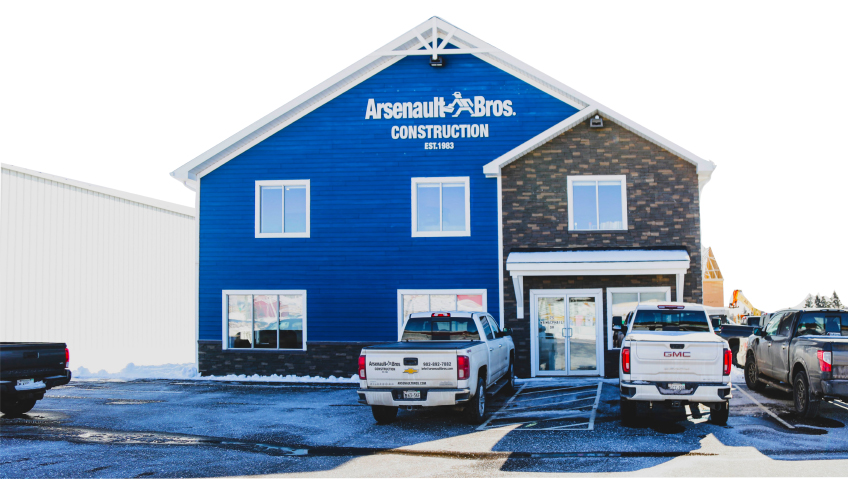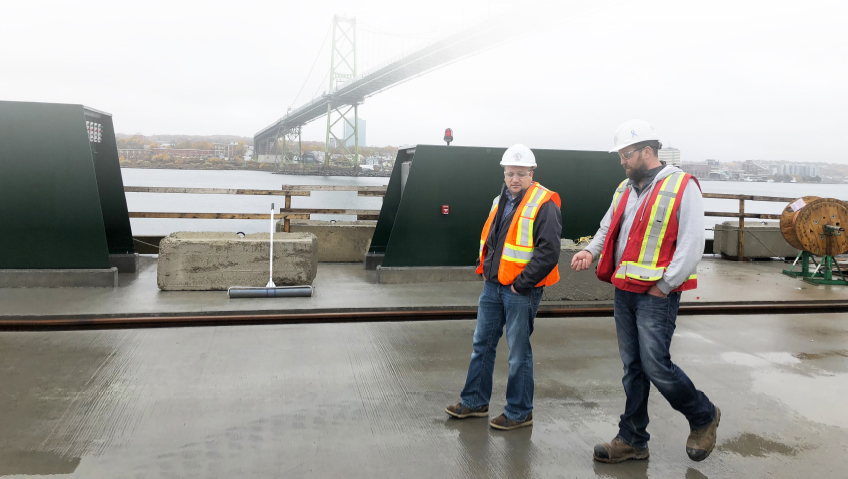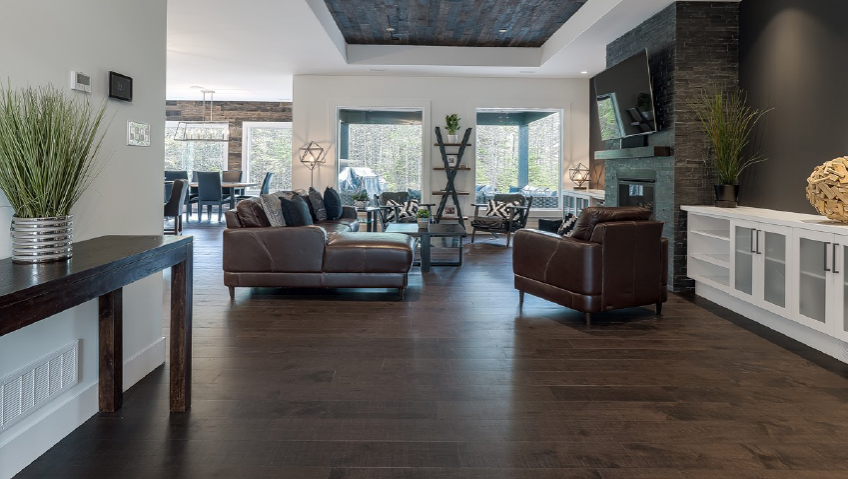For businesses and homeowners alike, few things are worse than an air conditioner conking out in an August heat wave, or a furnace giving up deep into the coldest night of February.
We depend on heating, ventilation and air conditioning (HVAC) more than ever to keep us comfortable. And while we often take HVAC for granted, it is hard to imagine life without it.
With the planet experiencing unprecedented temperature extremes, from unbearable heat to bone-numbing cold, HVAC is no longer an afterthought, but a vital part of the design/build process. Gone are the days when houses were built without central air and office buildings relied on fans and open windows to catch a breeze.
Today’s state-of-the-art HVAC systems are found in residential properties, industrial facilities, restaurants and bars, tourist attractions, and many other key locations. In the world of data centres, enormous servers must be kept cool to prevent overheating, system meltdown, and disaster. Along with design elements such as raised perforated floors, chillers built into racks, and computer room air conditioning (CRAC), HVAC systems are vital to keeping these critical facilities functioning.
Centuries of development
In the past, long before today’s flick of a switch, heating and cooling structures required plenty of advance work and preparation. According to historic accounts, some of the earliest forms of heating systems go back to the Greece of around 2500 B.C. Over time, these fixed central hearths were improved upon during the heyday of the Roman Empire and early forms of ‘central heating’ saw the space beneath floors utilized to transfer heated air, also from a centrally located fire, to different rooms.
Like heating, primitive air conditioning goes back thousands of years to Ancient Egyptians using passive air. Later pioneers such as Benjamin Franklin experimented with methods of cooling using evaporation. In 1820, the English inventor and scientist Michael Faraday expanded on rapid cooling through compressing and liquefying ammonia.
A few decades later, Florida doctor John Gorrie experimented with using massive ice blocks to keep patients cool and comfortable. Although Gorrie’s system—which later included a patent for ice-making via horsepower, wind or steam—wasn’t practical, it cleared a path for others, including William Carrier.
An American engineer, Carrier patented his ‘Apparatus for Treating Air,’ pioneering the use of coil systems to add humidity to air by heating water, and dehumidifying by using cool water. By 1902, Carrier had left his job at the Buffalo (NY) Forge Company, joining other engineers to create the Carrier Engineering Corporation and the first practical air conditioner.
The new era of HVAC
For many years, the heating, ventilation, and air conditioning systems used everywhere from residential works to offices, warehouses, and factories had one thing in common: they were huge, large enough to accommodate a pumped-up Bruce Willis in the film Die Hard, or a clunky briefcase stuffed with two million dollars in No Country for Old Men.
While massive, rigid ductwork made from galvanized steel or aluminum is still widely used, some companies and customers are rethinking this method, for obvious reasons.
Nobody can seriously claim that ducts are attractive. Whereas older elements like century-old exposed brick, rustic wooden beams, and even cast iron drainage pipes evoke a certain style, few people feel warmly disposed to dented metal ducts as a design feature. Even newer ducts are usually disguised behind drywall in soffits or headers, often as not limiting ceiling height with their bulk.
And there is the issue of health. Although calls about ‘duct cleaning’ have become a bit of a joke over the years, there is nothing funny about the potential health impact from dirty ducts. Build-up of dust and dust mites, pet hair, mold, mildew, tobacco smoke, and even rodent feces, plus extra added allergens, can cause occupants of houses, offices or industrial facilities to develop (or worsen) chronic coughing, sneezing, or headaches, or to feel constantly fatigued or suffer skin rashes and other airborne ailments, all symptoms of ‘sick building syndrome.’
On a practical level, dirty ducts also force furnaces and air conditioners to work harder, making them less effective and more expensive to run.
Like every other system in houses, from electrical to security systems, technology and new materials are advancing HVAC.
Metal ducts are being replaced by other materials, such as fiberboard or fiberglass, which can be less costly and reduce noise better than traditional metal ducts. Made from silicon, polyvinyl chloride (PVC), neoprene-dipped polyester fabric, rubber and other materials, flexible ducts have their advantages and disadvantages.
Although cheaper, more versatile, and easier to install than traditional metal ducts, some flexible ducts aren’t as durable, and must have well-supported connections. But despite some disadvantages, flexible ducts can fit where larger rigid ducts can’t.
And for those wanting to get away from ducts completely, ductless systems are fast becoming popular for their ease of installation and effectiveness. Other systems, such as geothermal heating and cooling, and dual fuel, combining heat pump and gas furnace, zoned HVAC, and systems using solar power, are proving effective and economical to operate.
HVAC smartens up
We hear how ‘smart’ apps and technology are applied today to many systems including lighting, appliances, and security, and HVAC is no exception.
For everyone from homeowners to managers of massive facilities, the ability to control heating and air conditioning remotely is built into our phones, tablets and computers. No longer do we need to be in the same room or building to control temperature when we can do it through smart controllers and programmable thermostats.
According to MarketsandMarkets, a worldwide research platform, the HVAC market size was around 197 billion USD in 2021. It is projected to hit a staggering $271.5 billion by 2026 and reach a compound annual growth rate (CAGR) of 6.6 percent between 2021 and 2026.
Part of the reason for the growth has been COVID-19. Although the pandemic disrupted practically every industry on earth, it also created opportunities with growth in the Internet of Things (IoT), with HVAC systems being tapped into the Internet.
“Some contractors offered video consultation, a practice that certain businesses had already implemented in the pre-pandemic period but was now a necessity,” says the HVAC System Market report. “The contractors relied on cloud-based technologies for their team to access everything while working from home.” This saw some companies offer free virtual maintenance calls with property owners via Skype or FaceTime, with professional HVAC technicians helping guide customers through minor repairs.
Accelerated IoT data collection and sharing enables more cost-effective diagnoses performed remotely over the Internet, instead of in person. The collection of real-time HVAC information allows for facility managers to detect potential issues in advance, make a diagnosis, and perform adjustments which minimize system failures.
Highly efficient, energy-saving HVAC in our homes, businesses, and factories is no longer a dream, but an expectation. Terms like ‘indoor air quality’ are now the norm, with more of us wanting to breathe clean air wherever we are, free from pollution, chemicals, infection, and dust. And increasingly, HVAC is a part of Building Information Modelling (BIM), software used to store designs, operational details, and other data to help buildings operate more effectively every day.
For businesses and homeowners alike, HVAC represents a significant investment, one which will continue to pay off long into the future.






